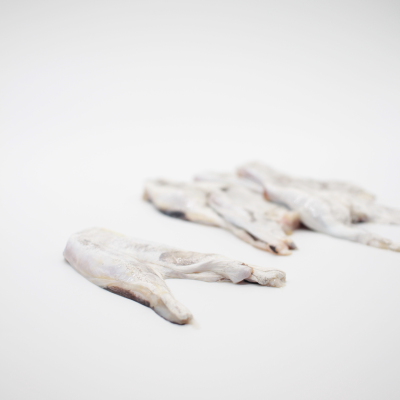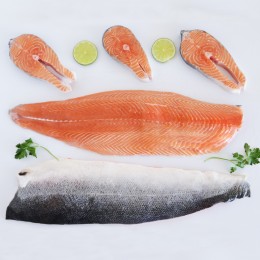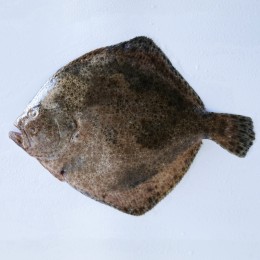Sea bream (Sparus aurata), a common fish in shallow waters of sandy or rocky bottoms in warmer waters, such as the Mediterranean Sea or the Mar Menor.
It is in October when the meat of wild gilthead bream is tastier and slightly fattier, a delicacy that is far superior to farmed fish.
It is a fish of the sparidae family, with a tall, compressed body, silver-grey in colour, well proportioned but more sparse on the back. It has a golden spot between the eyes and a black spot on each operculum. Its lips are thick and fleshy. The sea bream, which can grow up to 70 centimetres, has firm flesh and a very special flavour given its marine habitat.
Sea bream is a semi-fatty fish, ideal for balanced and healthy diets, rich in omega 3 fatty acids. A very easy-to-digest fish, mainly recommended for people with cardiovascular and digestive diseases.
The most traditional way of cooking sea bream is ‘a la sal’. The sea bream is placed on a bed of coarse salt and covered with a large layer of coarse salt. It is grilled and to serve it, the ritual of lifting the quilt of salt is followed, to which the skin will remain adhered and the loins will appear clean and ready to eat. It can also be grilled or roasted in the oven with olive oil and salt.
Name: Wild gilthead seabream (Sparus aurata)
FAO 3-alpha code: SBG
Area of capture or farming: FAO-34
Sub-area: To be specified at time of delivery
Method of production: Captured
Fishing gear: Lines and hooks
Store between: 0-4°C
IMPORTANT: The net quantity and expiry date of the product shall be specified at the time of delivery.

























